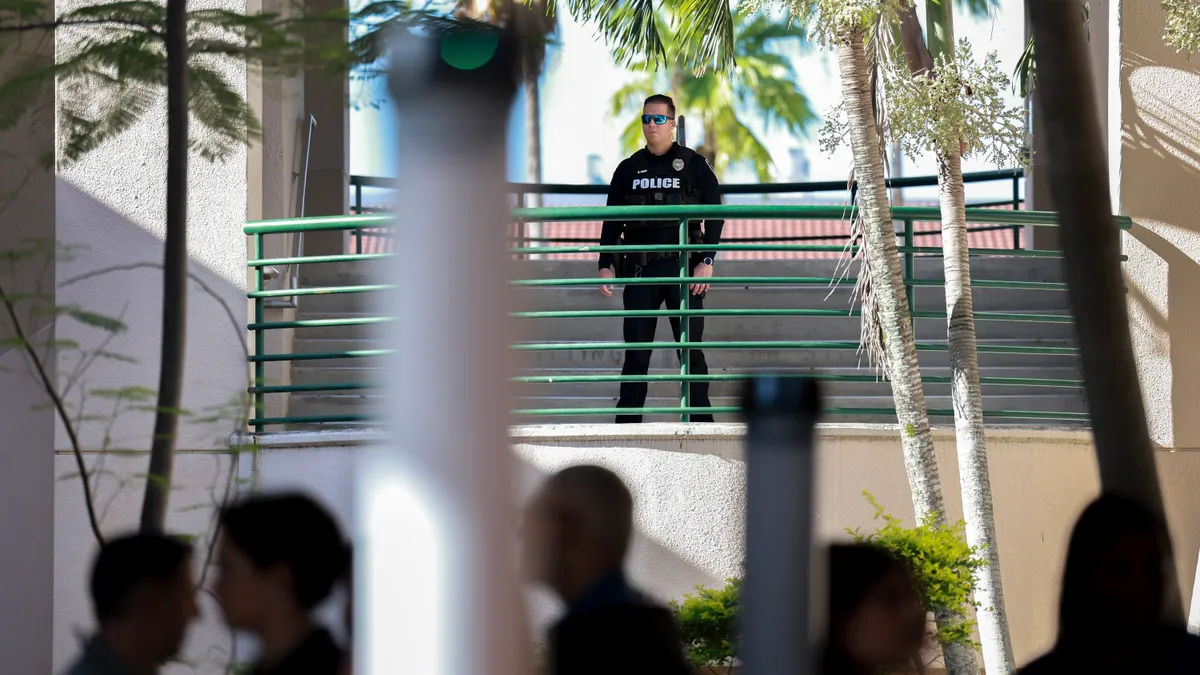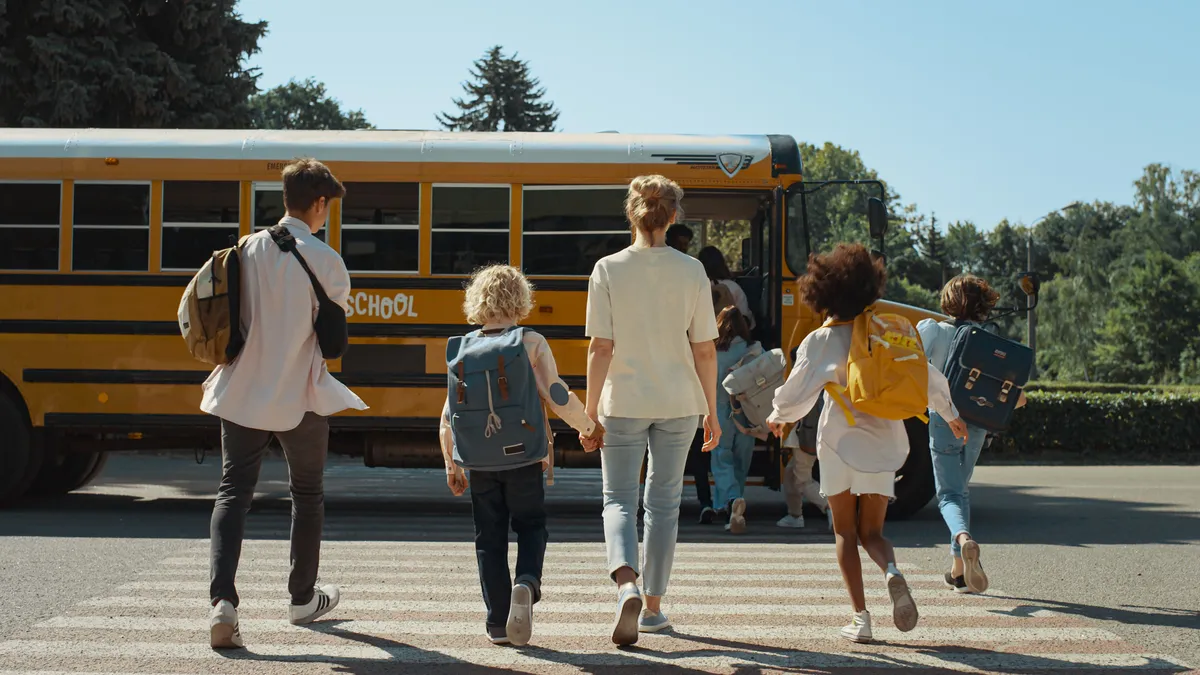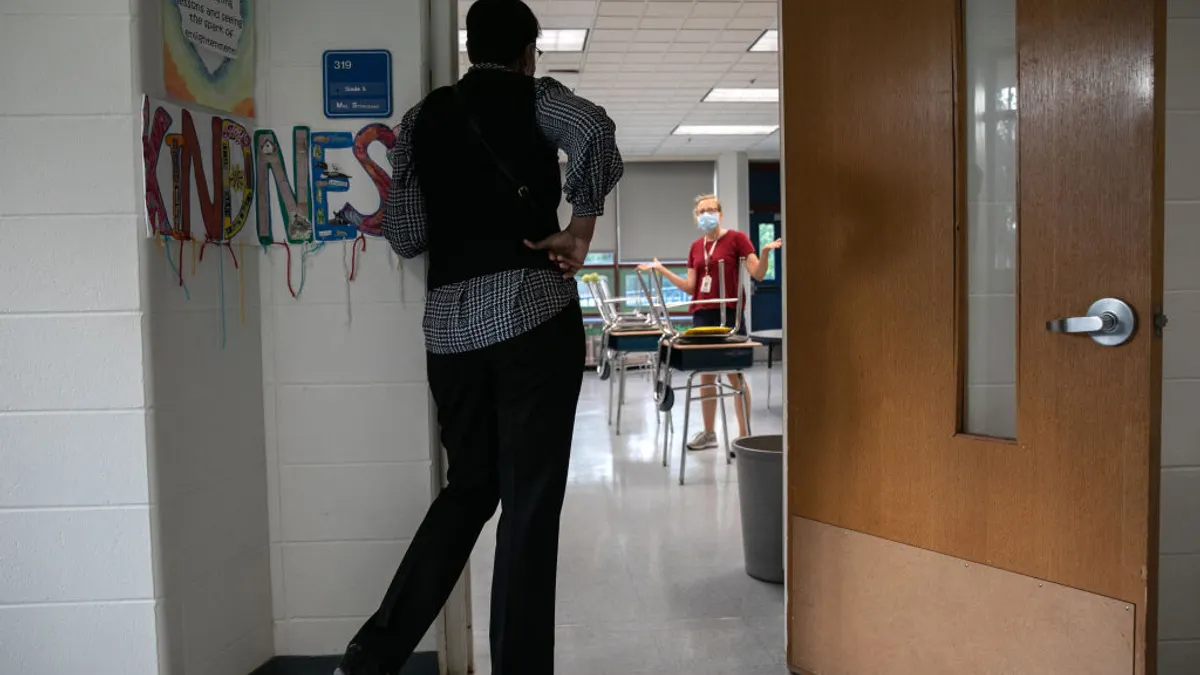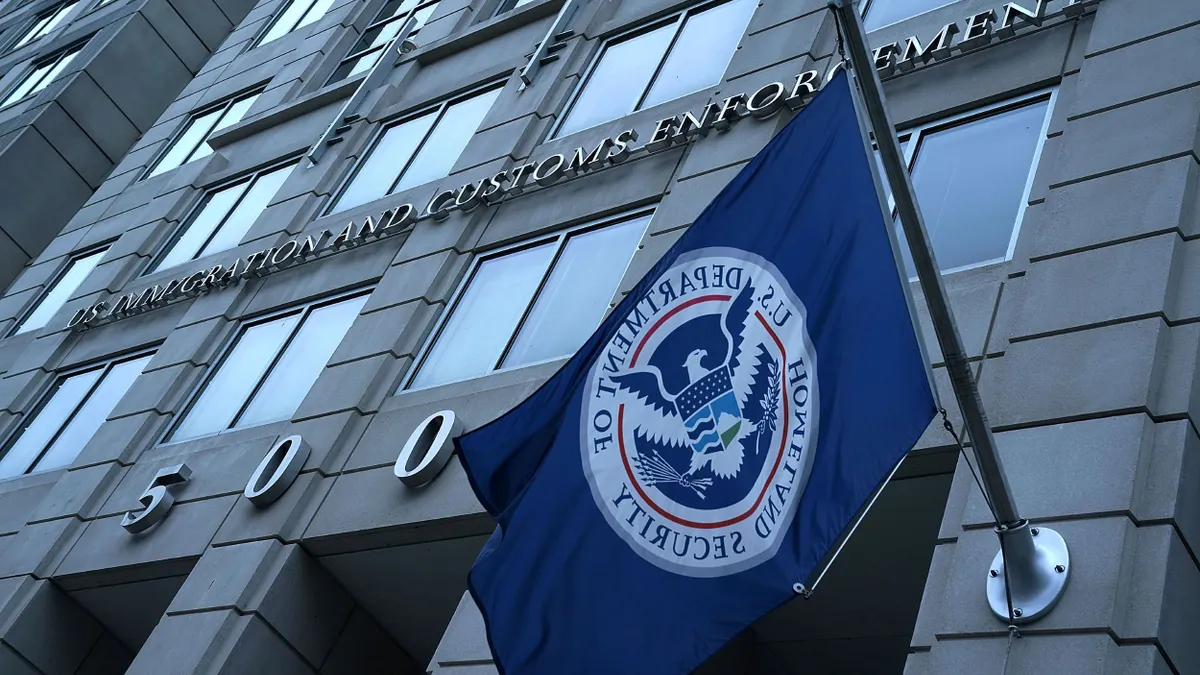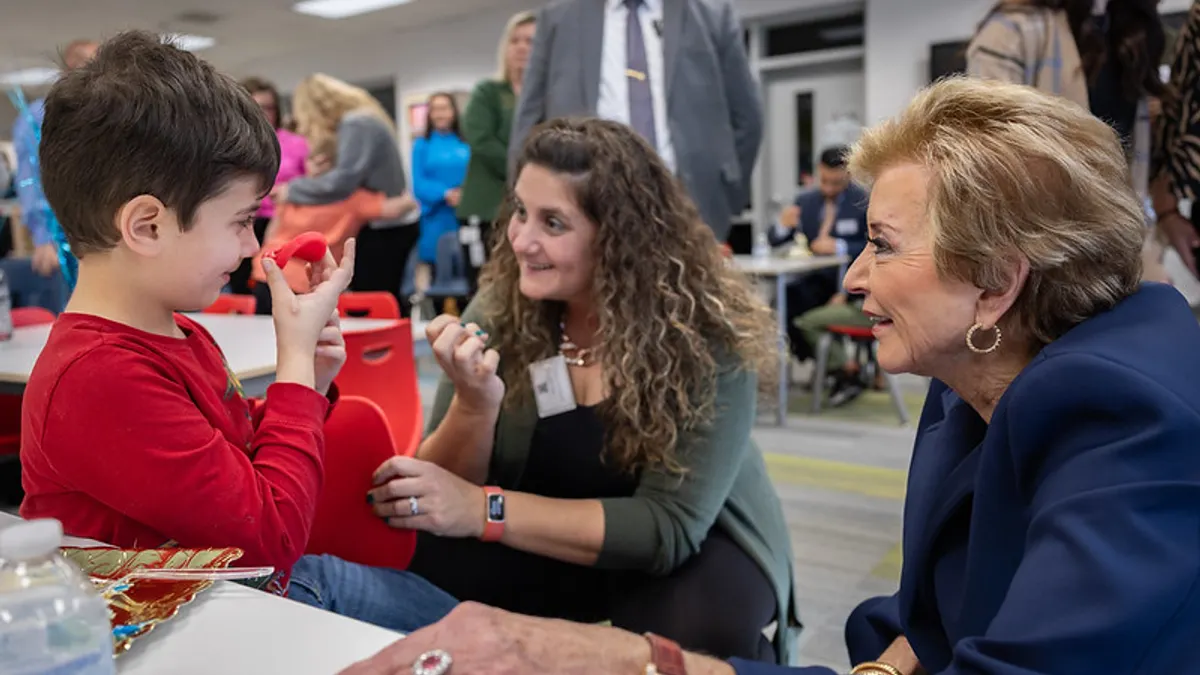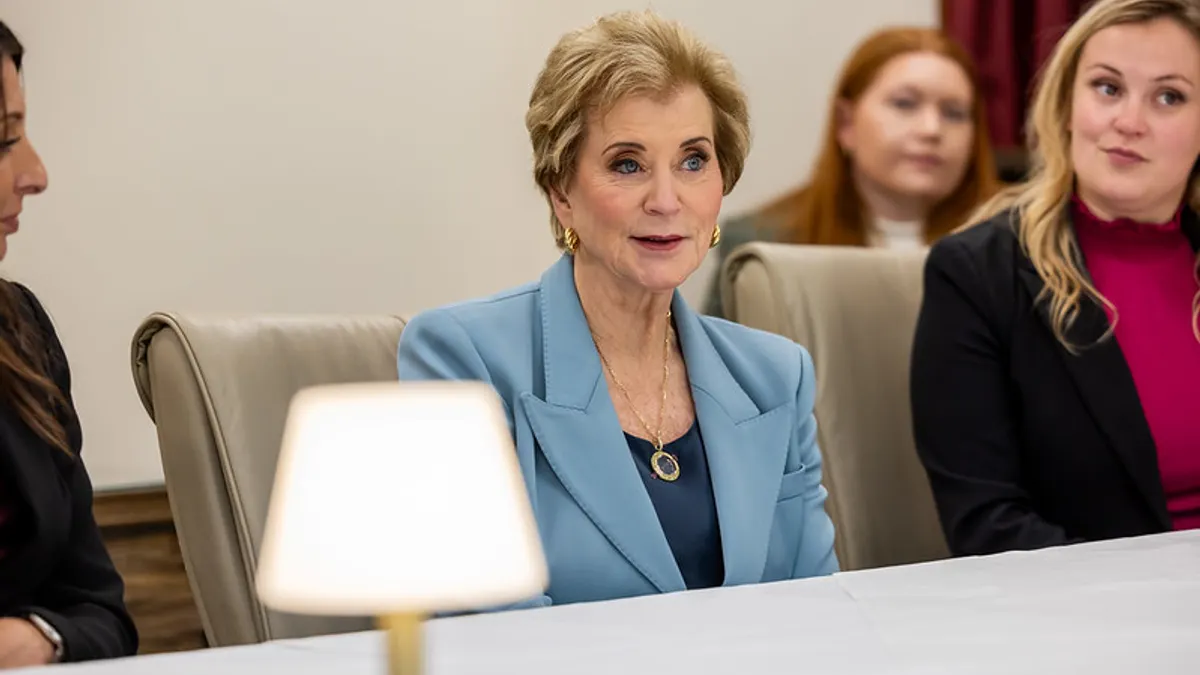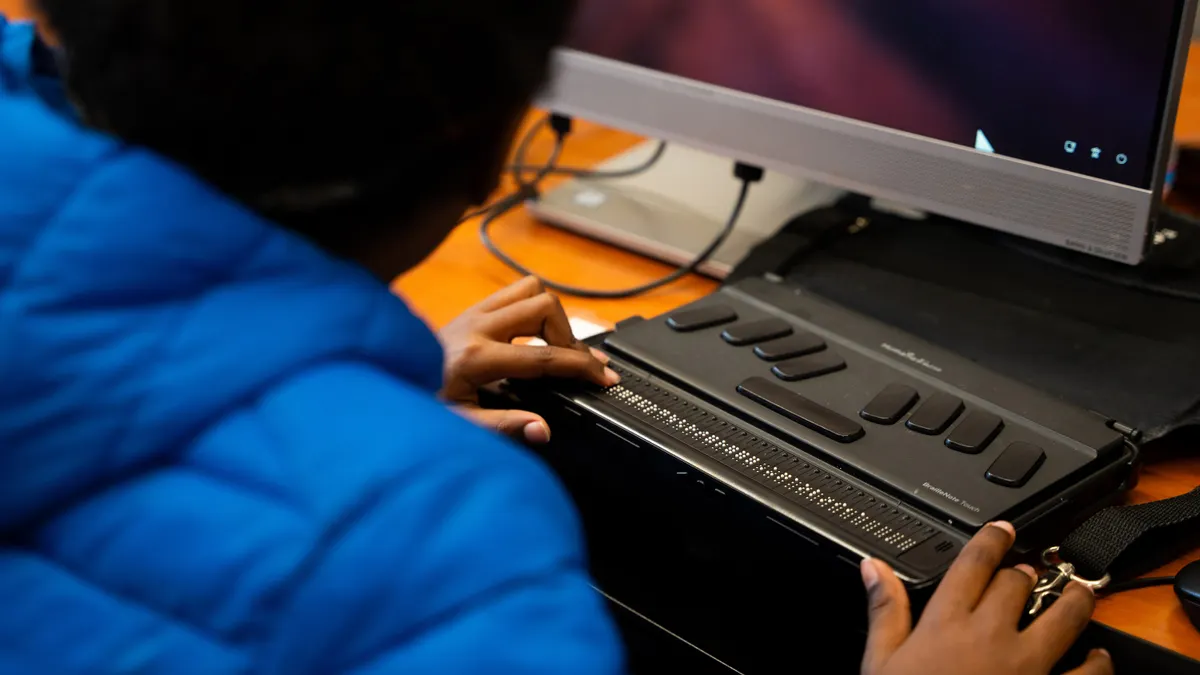David Jacobson is director of First 10 at Education Development Center in Boston and author of the report “All Children Learn and Thrive: Building First 10 Schools and Communities.”
Andrea Berry, superintendent of schools in York City, Pennsylvania, refers to the city’s children as “Bearcats from Birth.” Her catchphrase is far more than a nod to York’s mascot.
With the words “from Birth,” Berry signals a revolution in how schools can support young children and their families. Starting early is the single most important way that principals, schools and districts can dramatically improve student outcomes.
But how do we make the aspiration that underlies Berry’s bold vision a reality?
Typically, early childhood programs are divided from K-12 education. Often, schools do not know much about the early childhood programs that rising kindergartners have attended, and even less frequently do they coordinate with them in meaningful ways. With notable exceptions such as Head Start and full service community schools, schools and preschools also lack strong connections to comprehensive health and social services, limiting access to the children and families they serve.

To bridge this divide, communities like York are developing school-community partnerships that coordinate and align teaching, learning, and care across the early childhood and elementary school years.
A recent study in the Journal of the American Medical Association adds to the already robust evidence base in favor of this strategy. This study found that the benefits of prekindergarten by the end of 3rd grade were significantly greater when there were high levels of collaboration and alignment between preschool and elementary school programs.
This strategy becomes even more powerful when the collaboration includes community organizations.
When schools, districts, early childhood programs and community partners commit to supporting young children and their families from before birth — when they form an early learning community — they can change the trajectory of children’s lives. In partnership, they can ease transitions for children, engage families and connect them with key services, and ensure young children’s school readiness and success.
I’m watching this happen in over 35 communities in six states through First 10, a network of school-community partnerships working to improve outcomes for children and families. What we’re seeing is remarkable.
In a recent independent evaluation of First 10 pilot sites in Michigan conducted by American Institutes for Research, researchers found that First 10 pilot sites addressed barriers that limit families’ access to school readiness services, increased collaboration between pre-K and kindergarten teachers, and improved collaboration among schools, early childhood programs, and community programs — among other positive outcomes.
A good place to begin is with community “transition to kindergarten” plans that are far more effective than typical plans due to the concerted contributions of the cross-sector partnership's member organizations. School districts and programs can agree on standard ways to share information about rising kindergarten students, on the most important kindergarten expectations, and on small tweaks in language and routines that make the transition easier for children and families.
Transition to kindergarten teams can also sponsor events that help prepare children and families emotionally, socially and academically for school.
And, perhaps most importantly, they can bring prekindergarten teachers from community-based programs, Head Start, and district classrooms together with kindergarten teachers for regular joint professional learning that, little-by-little, aligns teaching practices, sparks teacher creativity, and helps knit together disparate programs into a strong community early childhood system.
Extending beyond the transition to kindergarten, school-community partnerships can provide supports for children and families that begin with expectant mothers and continue throughout elementary school. Examples include:
-
Family engagement and partnership strategies that elevate family voice and cultivate family leadership.
-
Systems and structures that connect families to health and human services.
-
Community-wide campaigns that share information on parenting and child development.
These practices reinforce each other while demonstrating the value of cross-sector collaboration and building the relationships that further it.
Does this strategy require an investment of district and school staff time? Does this strategy require a willingness to work in new ways to improve the well-being of children and families? Yes.
However, for relatively modest investments in convening and anchoring partnerships and supporting partnership activities, school districts and community partners will see long-term benefits in improved school readiness and school success. They will also see a decline in the need for the extensive remediation efforts that predominate the work of most school systems.
This untapped strategy can drive improvements that schools alone cannot achieve — paving the way for all children to learn and thrive.

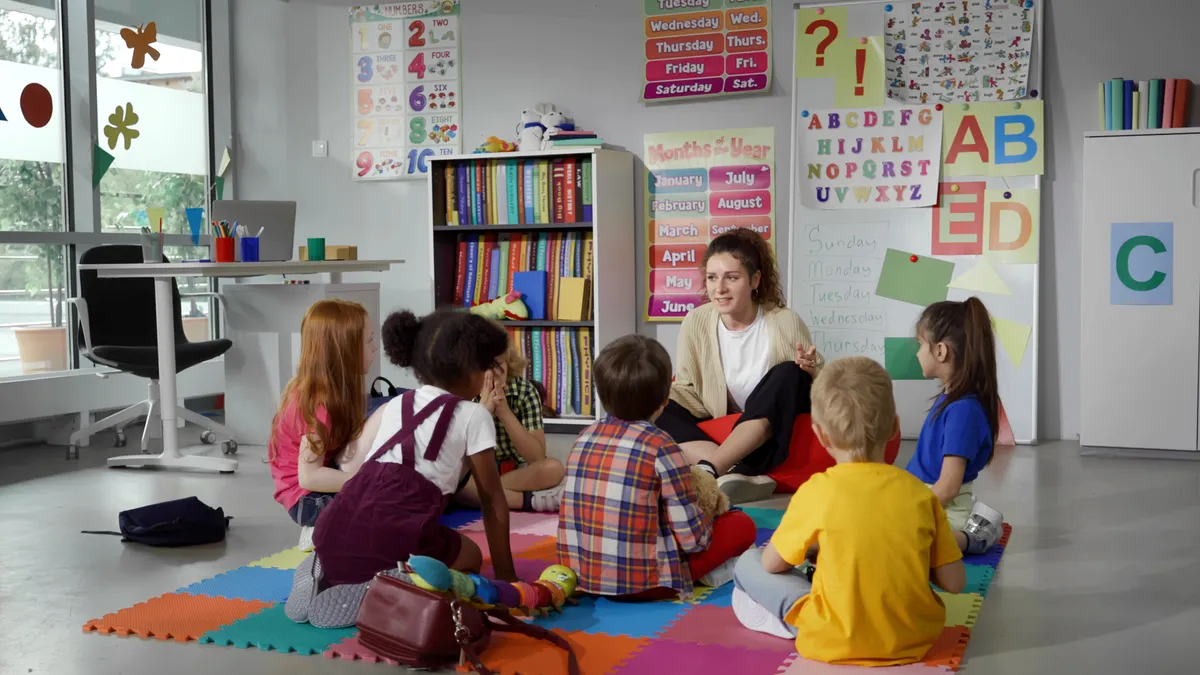



 Dive Awards
Dive Awards

